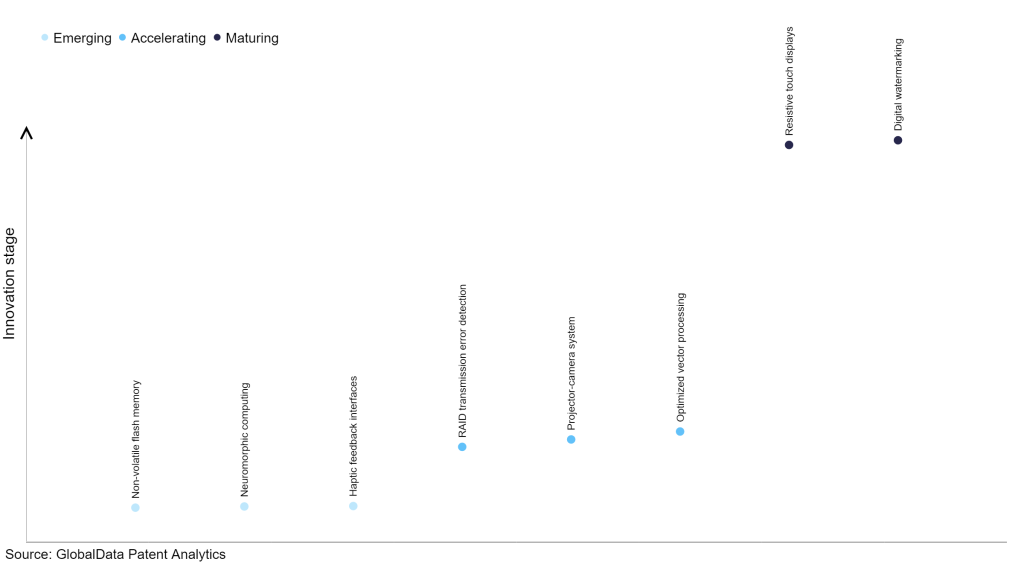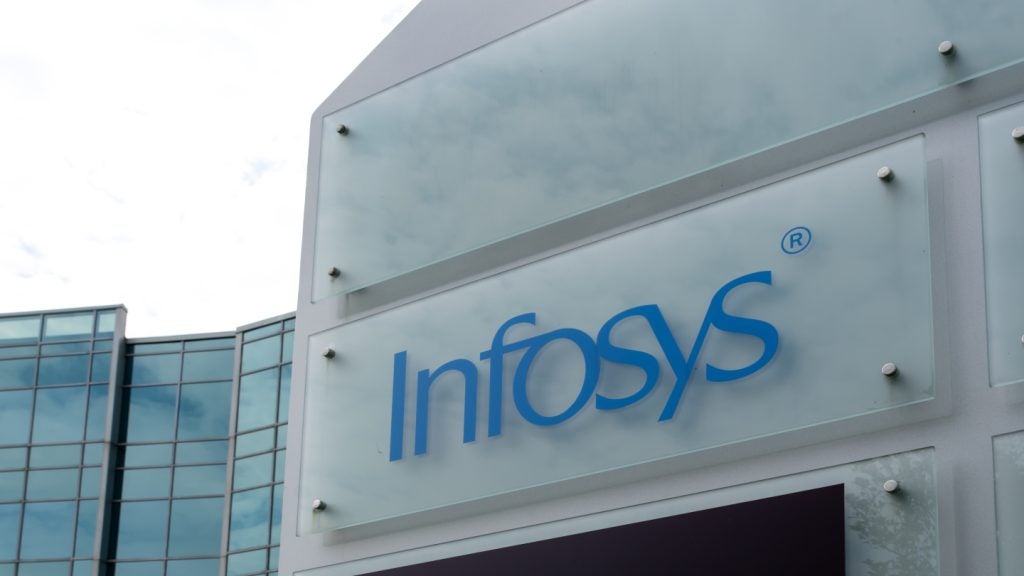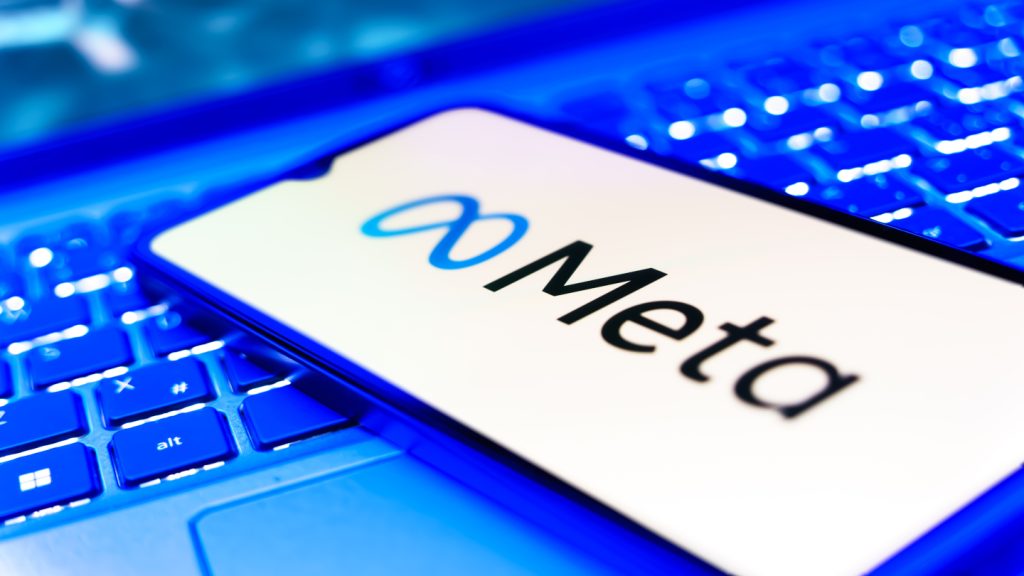The technology industry continues to be a hotbed of patent innovation. Activity is driven by increasing demand for clear voice communication in various sectors, advancements in machine learning algorithms for improved accuracy, and the expanding use of voice-controlled devices across industries, and growing importance of technologies such as acoustic modeling, statistical analysis, and deep learning approaches that enable accurate identification of speech segments in audio streams. In the last three years alone, there have been over 1.5 million patents filed and granted in the technology industry, according to GlobalData’s report on Innovation in technology: voice activity detection. Buy the report here.
However, not all innovations are equal and nor do they follow a constant upward trend. Instead, their evolution takes the form of an S-shaped curve that reflects their typical lifecycle from early emergence to accelerating adoption, before finally stabilizing and reaching maturity.
Identifying where a particular innovation is on this journey, especially those that are in the emerging and accelerating stages, is essential for understanding their current level of adoption and the likely future trajectory and impact they will have.
185+ innovations will shape the technology industry
According to GlobalData’s Technology Foresights, which plots the S-curve for the technology industry using innovation intensity models built on over 1.6 million patents, there are 185+ innovation areas that will shape the future of the industry.
Within the emerging innovation stage, non-volatile flash memory, neuromorphic computing, and haptic feedback interfaces are disruptive technologies that are in the early stages of application and should be tracked closely. RAID transmission error detection, projector-camera system, and optimized vector processing are some of the accelerating innovation areas, where adoption has been steadily increasing. Among maturing innovation areas are resistive touch displays and digital watermarking, which are now well established in the industry.
Innovation S-curve for the technology industry

Voice activity detection is a key innovation area in technology
Voice activity detection (VAD) is the technique of discerning the occurrence of human speech within an audio signal. It's a signal processing method employed to differentiate between intervals of speech and intervals of silence or background noise in an audio recording or stream. VAD algorithms scrutinize the attributes of the audio signal to ascertain if it encompasses human speech or not.
GlobalData’s analysis also uncovers the companies at the forefront of each innovation area and assesses the potential reach and impact of their patenting activity across different applications and geographies. According to GlobalData, there are 50 companies, spanning technology vendors, established technology companies, and up-and-coming start-ups engaged in the development and application of voice activity detection.
Key players in voice activity detection – a disruptive innovation in the technology industry
‘Application diversity’ measures the number of applications identified for each patent. It broadly splits companies into either ‘niche’ or ‘diversified’ innovators.
‘Geographic reach’ refers to the number of countries each patent is registered in. It reflects the breadth of geographic application intended, ranging from ‘global’ to ‘local’.
Patent volumes related to voice activity detection
| Company | Total patents (2010 - 2022) | Premium intelligence on the world's largest companies |
| Qualcomm | 5 | Unlock Company Profile |
| Cirrus Logic | 2 | Unlock Company Profile |
| Apple | 13 | Unlock Company Profile |
| NXP Semiconductors | 5 | Unlock Company Profile |
| Dolphin Integration | 4 | Unlock Company Profile |
| Electronic Warfare Associates | 1 | Unlock Company Profile |
| Sony Group | 13 | Unlock Company Profile |
| Yandex | 3 | Unlock Company Profile |
| Intel | 3 | Unlock Company Profile |
| Guangdong Oppo Mobile Telecommunications | 1 | Unlock Company Profile |
| Shandong Electric Power | 1 | Unlock Company Profile |
| Shenzhen Goodix Technology | 9 | Unlock Company Profile |
| Hangzhou National Chip Science & Technology | 1 | Unlock Company Profile |
| AONdevIces | 1 | Unlock Company Profile |
| Cerence | 5 | Unlock Company Profile |
| Obshchestvo S Ogranichennoj Otvetstvennostyu Yandeks | 1 | Unlock Company Profile |
| UniDT (Shanghai) | 1 | Unlock Company Profile |
Source: GlobalData Patent Analytics
Among the companies innovating in voice activity detection, Apple is one of the leading patents filers. The company’s patent describes the disclosed systems and methods that involve the operation of an intelligent automated assistant. One such process involves recognizing input indicating movement of an electronic device, capturing audio input through the device's microphone, and subsequently deciding whether to start a virtual assistant session based on the combined data of audio input and motion input. If the decision is affirmative, the virtual assistant session is initiated; otherwise, the initiation is skipped. Other prominent patent filers in the space include Microsoft and Samsung Group.
In terms of application diversity, Microsoft leads the pack, while Knowles and Infineon Technologies stood in second and third positions, respectively. By means of geographic reach, Microsoft held the top position, followed by Apple and Sony Group.
Voice activity detection plays a crucial role in various applications such as speech recognition, telecommunications, and audio processing. By accurately identifying periods of speech amidst background noise or silence, it enables systems to efficiently process and respond to spoken commands, significantly enhancing the usability and effectiveness of voice-controlled technologies.
To further understand the key themes and technologies disrupting the technology industry, access GlobalData’s latest thematic research report on Technology.
Data Insights
From

The gold standard of business intelligence.
Blending expert knowledge with cutting-edge technology, GlobalData’s unrivalled proprietary data will enable you to decode what’s happening in your market. You can make better informed decisions and gain a future-proof advantage over your competitors.







